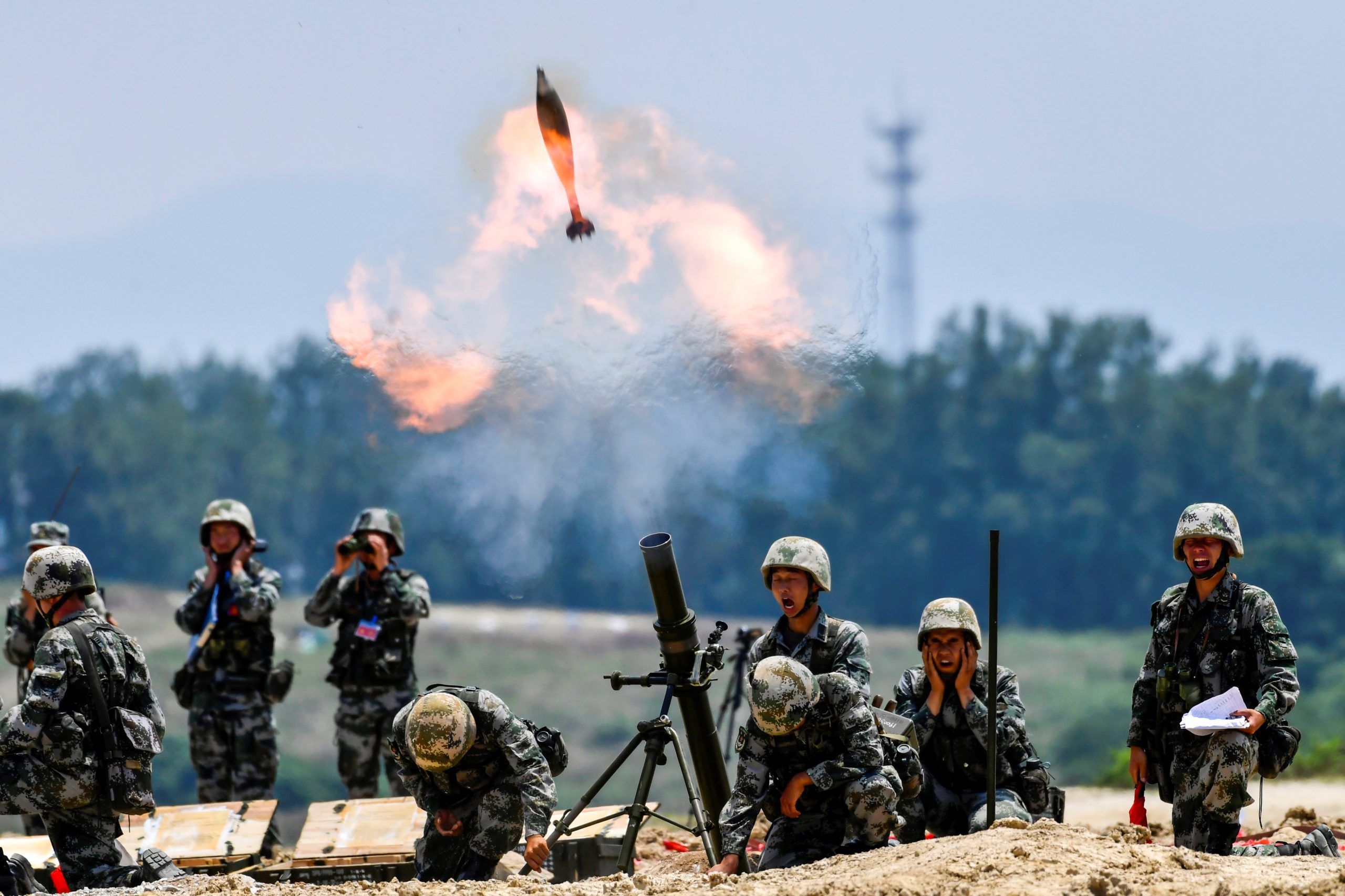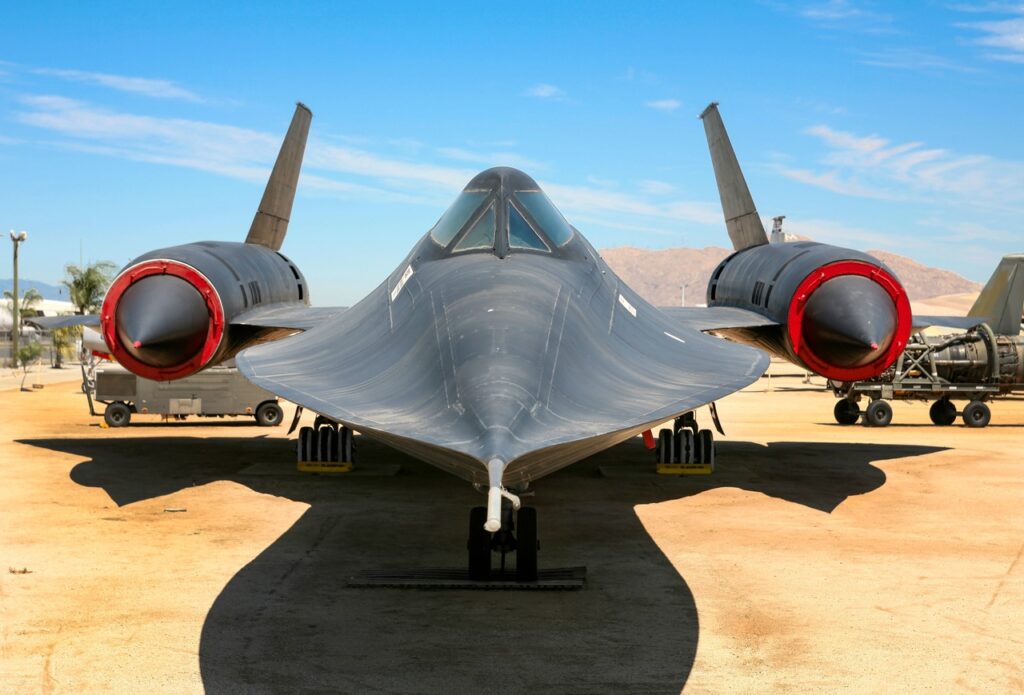
India Won’t Like This: Why China Wants Mortar Weapons for Mountainous Regions
In what could be seen as a massive modernization push and military build-up, the Chinese People’s Liberation Army (PLA) continues to plus-up its Western high-altitude plateau regions with new weapons systems.
Following announcements about mobile artillery and new armored vehicles for the region, the PLA is now announcing the deployment of new self-propelled rapid-fire mortars to conduct “mobile, hit-and-run firing positions,” according to the Chinese Global Times.
Due to the parabola-like trajectory of how they fire, mortar weapons can be particularly useful in mountainous regions as they can enable advancing forces to attack otherwise tough to reach enemy positions at higher or significantly lower altitudes. Precision, however, seems to be crucial here as the logistical burden would likely make it very difficult if not impossible to transport large amounts of mortar munitions up to higher altitudes, even if they were air-dropped by helicopters.
The paper says the self-propelled mortar system is based upon a “four-wheeled off-road assault vehicle,” something which seems to indicate a possibility for mountain warfare in the plateau regions. A large-scale combat capability and warfare technology build-up in the plateau regions of Western China continue to receive accelerated attention from the PLA. The arrival of the self-propelled mortars are the fourth new type of weapons systems the PLA is bringing to the region, an effort including the addition of a new 122-millimeter caliber self-propelled howitzer, armored assault vehicles and long-range multiple rocket launcher systems.
The Chinese Global Times notes that “PLA Xinjiang Military Command is forming a complete, modern ground combat system which is particularly of significance to plateau combat.”
Indian-Chinese tensions along the border region are well known given that they have occasionally escalated into minor skirmishes and exchanges of fire. At the same time, a large-scale, high-tech Chinese buildup near its border with India does seem a bit curious in some respects. Of course, any kind of capable land force could function as a deterrent against any kind of incursion India might be contemplating, the region’s plateaus, rigorous, uneven mountain terrain and high altitudes make it a location inhospitable to any kind of land war advance. Any kind of mechanized force or occupying army would be extremely challenged to advance through the territory, a circumstance which could only reduce the credibility of any kind of land war threat.
Given the mountains on either side of the India-China border, it seems very unlikely that either Army could substantially advance into the other country. Perhaps China sees value in mere “presence” despite the likely inability of mechanized ground forces to transit any measurable distance beyond the immediate border vicinity. However, there are numerous disputed border areas and territories spanning the Indian-Chinese border and it could be possible for a large-scale ground force, should it be assembled in the border area, to attack and occupy a disputed area without necessarily seeking to advance further inland.
Kris Osborn is the defense editor for the National Interest. Osborn previously served at the Pentagon as a Highly Qualified Expert with the Office of the Assistant Secretary of the Army—Acquisition, Logistics & Technology. Osborn has also worked as an anchor and on-air military specialist at national TV networks. He has appeared as a guest military expert on Fox News, MSNBC, The Military Channel, and The History Channel. He also has a Master’s Degree in Comparative Literature from Columbia University.
Image: Reuters


